
Pandemic Year One Saw a Dramatic Global Rise in Anxiety and Depression
In hindsight, 2020 witnessed a disproportionate mental health burden on women and young people
Gary Stix, senior editor of mind and brain topics at Scientific American, edits and reports on emerging advances that have propelled brain science to the forefront of the biological sciences. Stix has edited or written cover stories, feature articles and news on diverse topics, ranging from what happens in the brain when a person is immersed in thought to the impact of brain implant technology that alleviates mood disorders such as depression. Before taking over the neuroscience beat, Stix, as Scientific American's special projects editor, was responsible for the magazine's annual single-topic special issues, conceiving of and producing issues on Albert Einstein, Charles Darwin, climate change and nanotechnology. One special issue he oversaw on the topic of time in all of its manifestations won a National Magazine Award. With his wife Miriam Lacob, Stix is co-author of a technology primer called Who Gives a Gigabyte? A Survival Guide for the Technologically Perplexed.

Pandemic Year One Saw a Dramatic Global Rise in Anxiety and Depression
In hindsight, 2020 witnessed a disproportionate mental health burden on women and young people
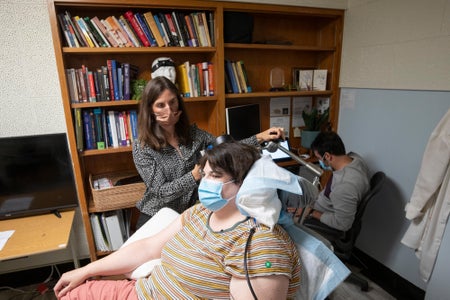
Experimental Brain Implant Could Personalize Depression Therapy
Symptoms subsided for one woman after a carefully targeted neural circuit was stimulated

To the Brain, a Tool Is Just a Tool, Not a Hand Extension
Recent findings have implications for the design of prostheses. Care for a third thumb, anyone?
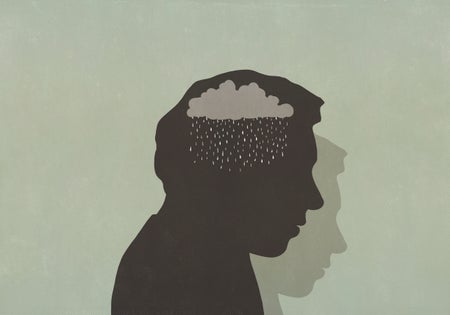
Evolution Could Explain Why Psychotherapy May Work for Depression
Persistent rumination may be an attribute that lets us think our way out of despair—a process enhanced through talk therapy
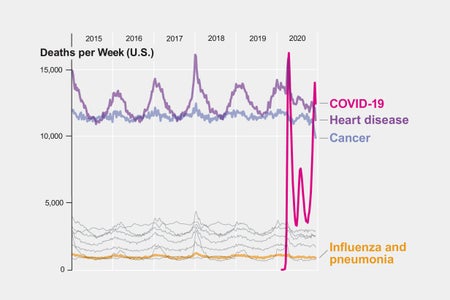
COVID Is on Track to Become the U.S.’s Leading Cause of Death—Yet Again
This winter the novel coronavirus may kill more people than heart disease, cancer, stroke, Alzheimer’s or diabetes

From Rapping Robots to Glowing Frogs: Our Favorite Fun Stories of 2020
It has been a tough year, but science still brought us some weird, cool and quirky findings
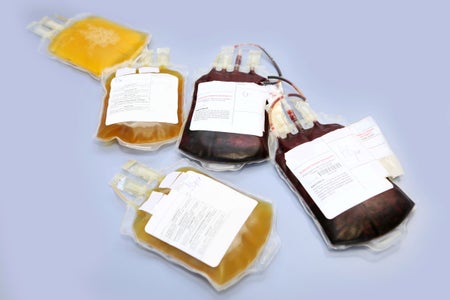
Can My Blood Really Help COVID Patients?
I’m not certain the antibodies it contains are any more therapeutic than Trump’s favorite unproven drug, hydroxychloroquine
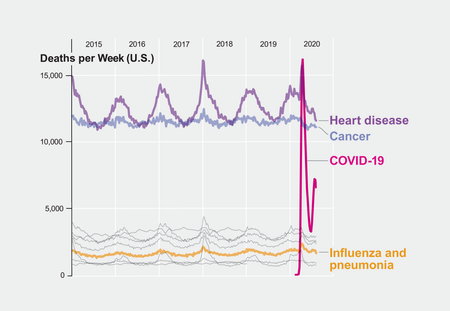
COVID-19 Is Now the Third Leading Cause of Death in the U.S.
It kills more people than the flu, contrary to Trump’s claims, and also surpasses stroke, Alzheimer’s and diabetes

Watch a Robot AI Beat World-Class Curling Competitors
Artificial intelligence still needs to bridge the “sim-to-real” gap. Deep-learning techniques that are all the rage in AI log superlative performances in mastering cerebral games, including chess and Go, both of which can be played on a computer. But translating simulations to the physical world remains a bigger challenge.
A robot named Curly that uses “deep reinforcement learning”—making improvements as it corrects its own errors—came out on top in three of four games against top-ranked human opponents from South Korean teams thatincluded a women’s team and a reserve squad for the national wheelchair team. (No brooms were used).
One crucial finding was that the AI system demonstrated its ability to adapt to changing ice conditions. “These results indicate that the gap between physics-based simulators and the real world can be narrowed,” the joint South Korean-German research team wrote in Science Robotics on September 23.

Emotional Labor Is a Store Clerk Confronting a Maskless Customer
The preeminent sociologist Arlie Russell Hochschild discusses the control over one’s feelings needed to go to work every day during a pandemic
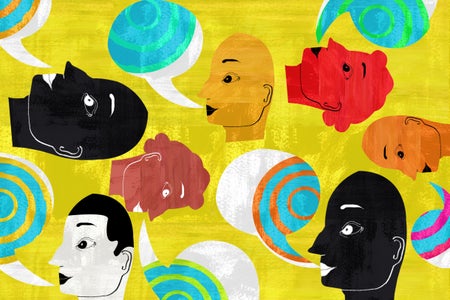
How Dozens of Languages Help Build Gender Stereotypes
Usage patterns shape biases worldwide, whether in Japanese, Persian or English

World War II’s Warsaw Ghetto Holds Lifesaving Lessons for COVID-19
An outbreak of typhus in the densely packed walled enclosure was countered by adopting all-too-familiar public health measures
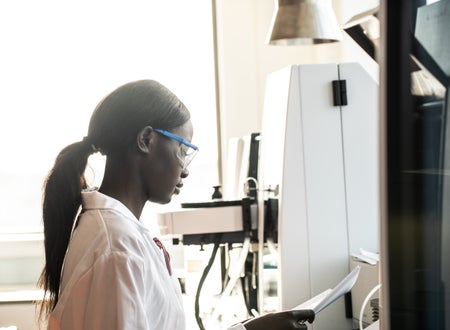
Scientists and Others Stage a #Strike4BlackLives
June 10 is a day off from “business as usual” for non-Black academics and a day of rest for Black students, staff and faculty

Zoom Psychiatrists Prep for COVID-19’s Endless Ride
An epidemiologist points to new stresses in the U.S. mental health system that may persist from the novel coronavirus pandemic
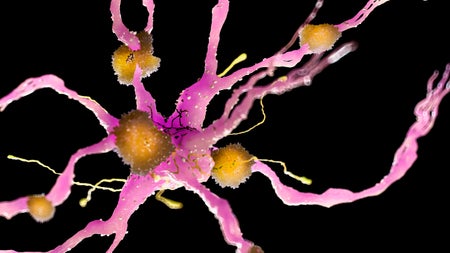
Longevity Gene May Protect against a Notorious Alzheimer’s Risk Gene
Some nominally high-risk individuals may have a lower chance of developing dementia than once thought
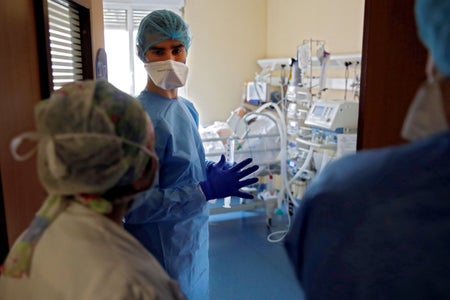
How to Think about COVID-19 like an M.D.
Harvard medical students created a free curriculum to give their peers and others a physician’s-eye view of the pandemic
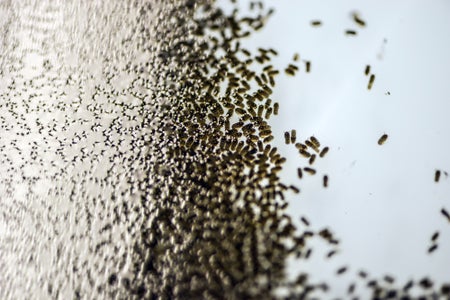
Attempts at Debunking “Fake News” about Epidemics Might Do More Harm Than Good
Batting down conspiracy theories about disease outbreaks such as that of the new coronavirus may prove counterproductive to public health efforts

What’s in Kale (or a Pear) that Seems to Lower Alzheimer’s Risk?
Particular antioxidants in fruits and vegetables may lower chances of getting the disease

Bruce McEwen, Pioneer in Study of Stress’s Impact on the Brain, Dies at 81
Research by the neuroendocrinologist into the effects of cortisol and other hormones marked a major contribution

Literacy Might Shield the Brain from Dementia
An ability to read and write, even with little or no schooling, could offer protection
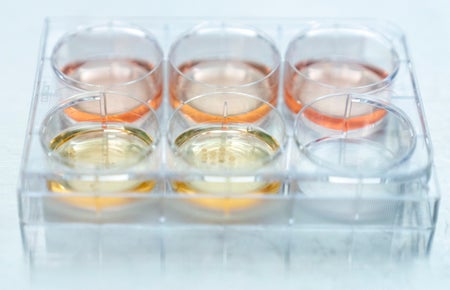
Society for Neuroscience at 50 Delves into Mini Brains, Gene Therapy, Prosthetics and All Else Related to Our Three-Pound Wonder
The organization’s anniversary comes at a time when some scientists have been barred from attending its annual meeting because of the U.S. travel ban
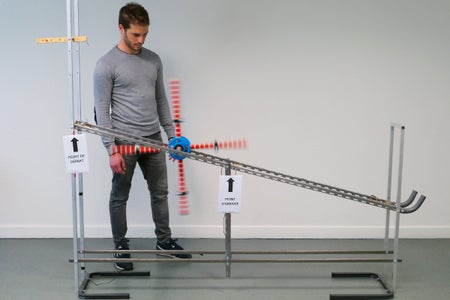
Humans Can Improve Technology without Really Understanding It
Small tweaks, not deep physical insight, can lead to a better mousetrap
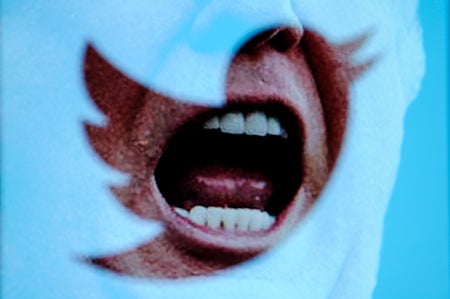
Two Linguists Use Their Skills to Inspect 21,739 Trump Tweets
Posts made by the @realDonaldTrump account demonstrate how the president’s linguistic style changed as he advanced toward the White House

Elon Musk’s Secretive Brain Tech Company Debuts a Sophisticated Neural Implant
Neuralink says it can robotically implant more than 3,000 flexible-polymer electrodes in a rat or monkey brain. The device is still a long way from routine human use, however